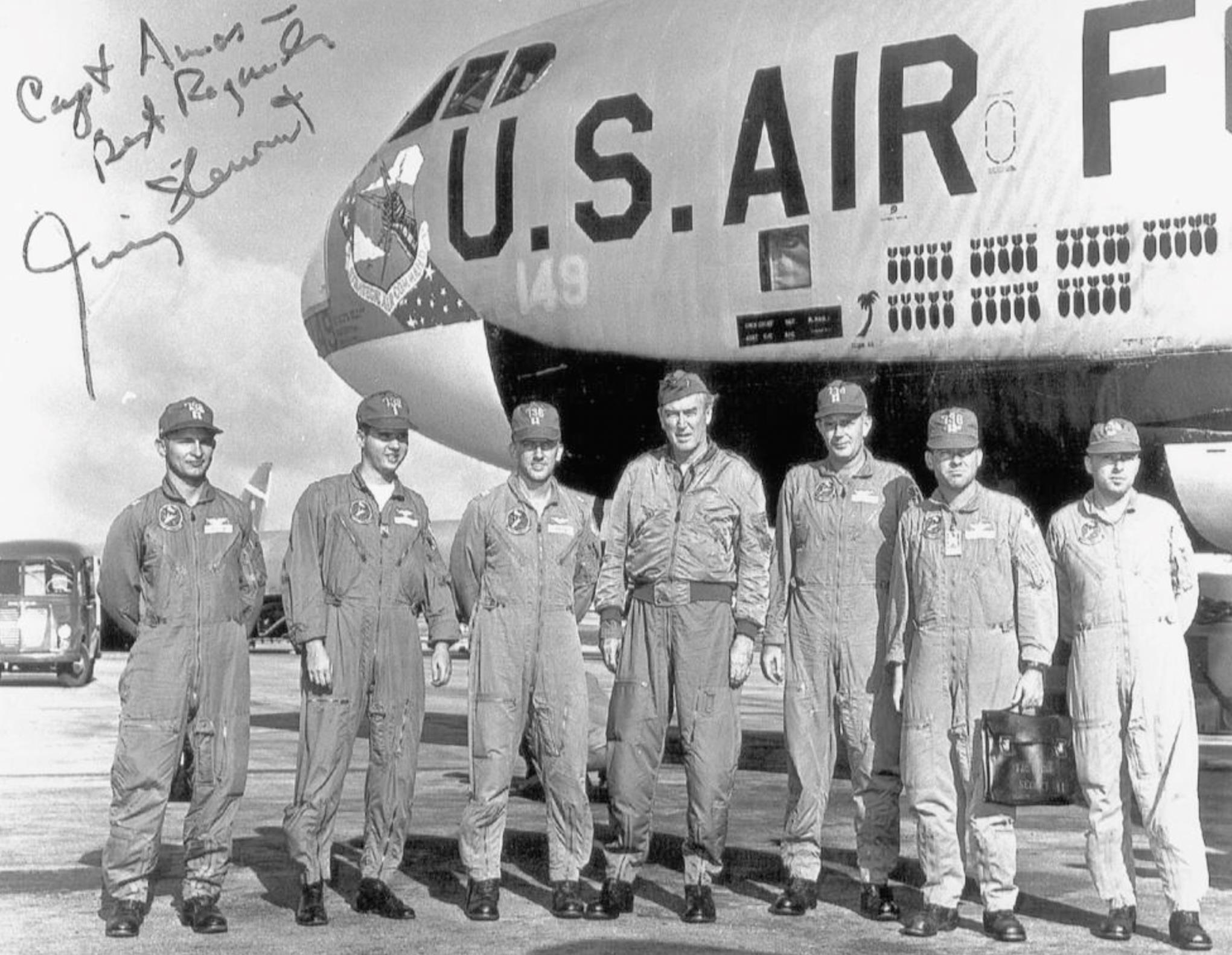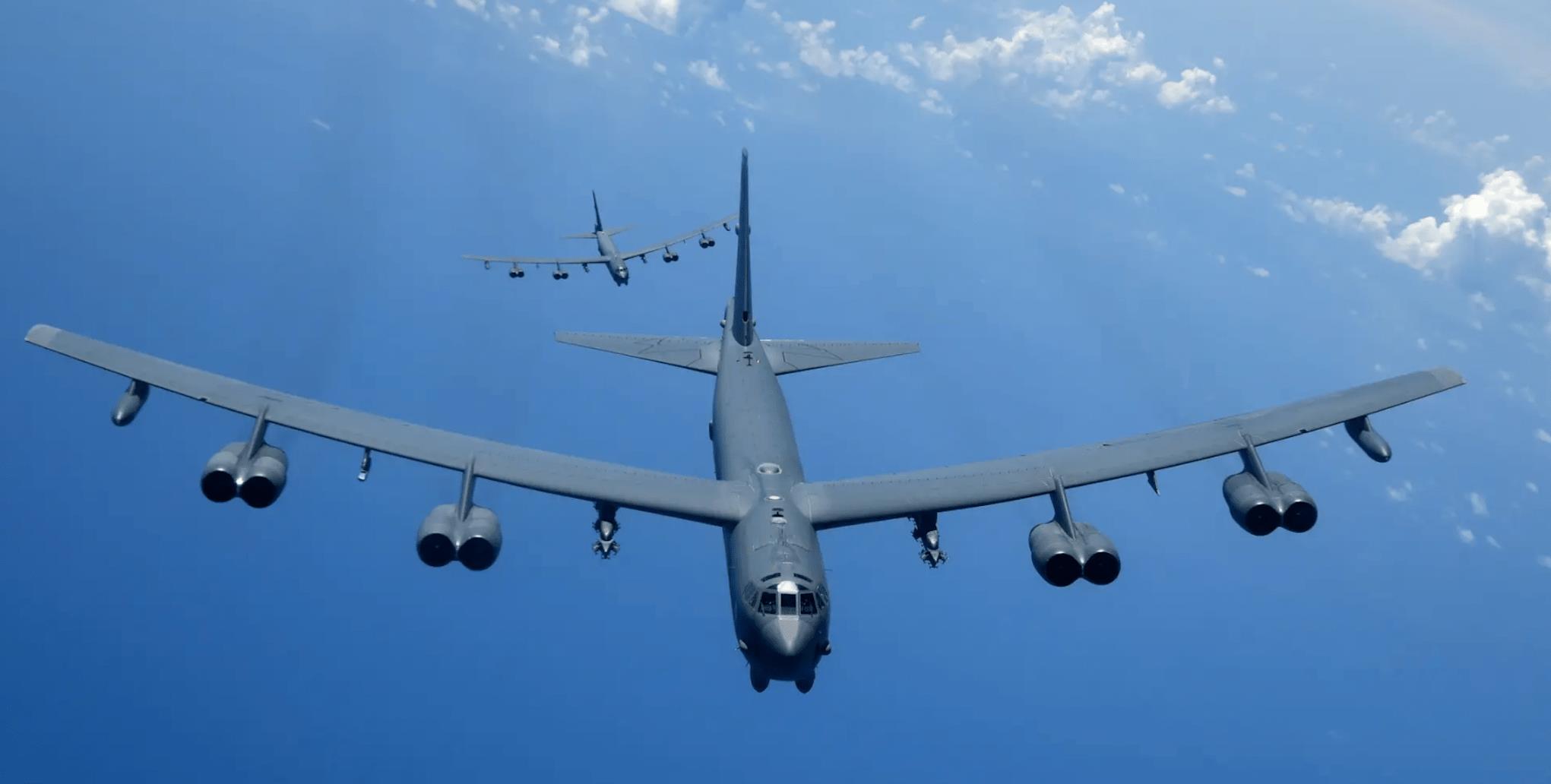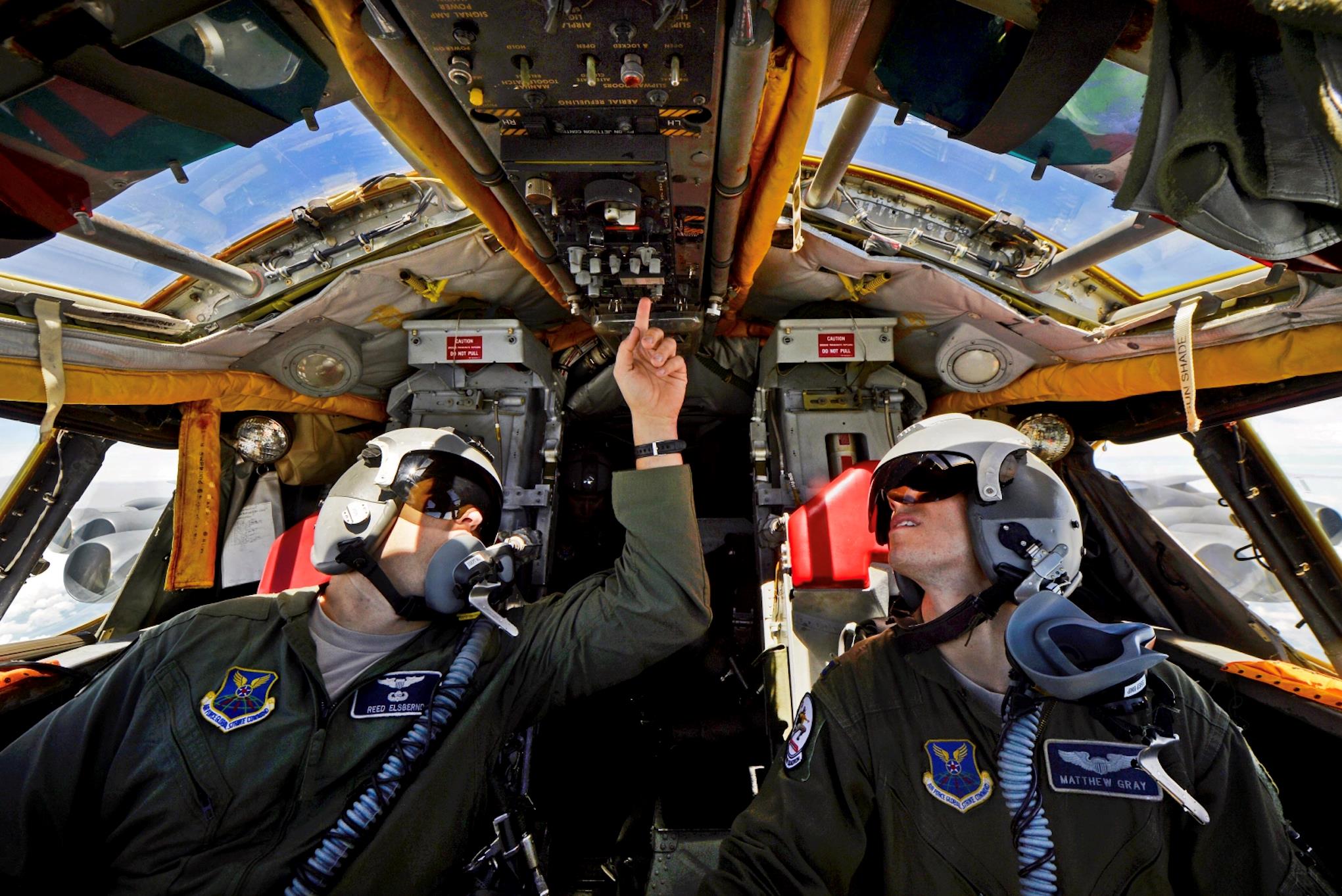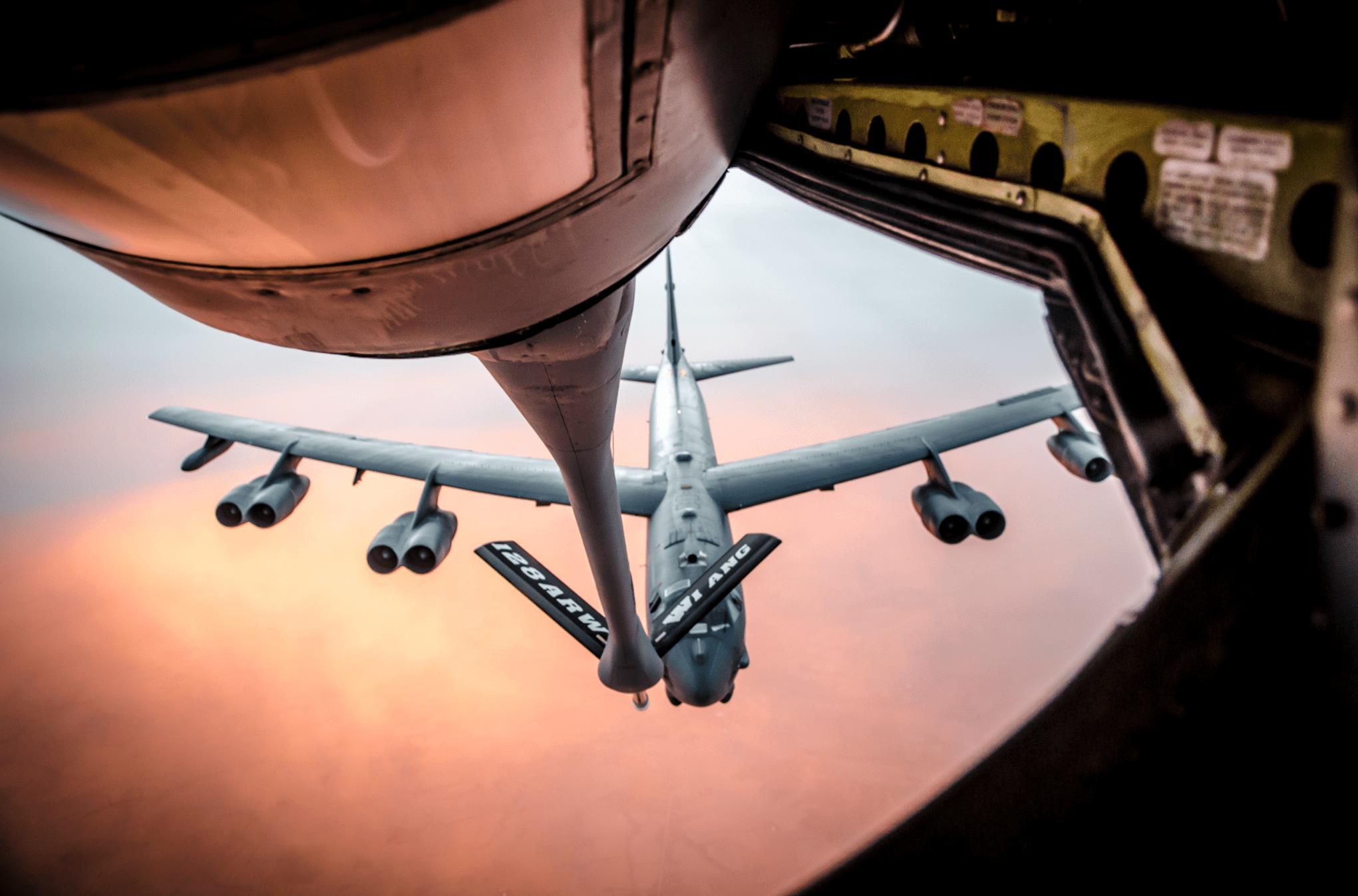(MENAFN- Asia Times) When the first B-52 bomber took flight on June 29, 1955, at Castle Air Force Base, Calif., for Air Force Gen. Curtis LeMay's Strategic Air Command, little did they know that the aircraft would offer a century of service.
The eight-engine aircraft which earned the nickname“BUFF” or“Big Ugly fat F—er,” played a key role from the Cold War and the Vietnam War, to Desert Storm and the Global War on Terror, and even over Ukraine.
When flown in a pair of cells — or a group of three B-52s in formation — and loaded with 1,000-pound bombs, the bombers could leave behind a swath of destruction a mile long and a half mile wide.
The Air Force now operates 76 of them, with two returning to service from long-term storage at an Arizona facility known as the“boneyard.”
It took two decades of debate for the B-52 upgrade plan to reach this point, but the Air Force has finally decided to extend the service life of the B-52 through the 2040s, with new engines, upgraded avionics, defensive gear, brakes, sensors and ejection seats, National Interest reported.
You know what they say, go big, or go home, and that's what the USAF plans to do, if they can get Congress to loosen its purse strings.
The Air Force has estimated the cost of B-52 service-life extension — including the re-engining other capability improvements — at around US$32 billion.
Pratt & Whitney, General Electric and Rolls-Royce all have proposed engine types for the B-52 effort. The Air Force said it would test new engines on two B-52s as early as 2022, select a contractor before 2026 and complete the re-engining project before 2034.
If all goes as planned, the re-engined, enhanced bombers could receive the new designation B-52J.
“If Air Force plans hold up, the B-52 will be approaching nearly a century of service by 2050,” reporter John Tirpak of Air Force magazine wrote.
“To keep the airplane flying, the service plans to equip each B-52 with new engines, which are expected to be so much more maintainer-friendly and efficient that they'll pay for themselves in just 10 years.”

YouTube
The B-52 was also featured prominently in the classic 1964 Cold War film “Dr. Strangelove,” where a rogue Air Force Brig. Gen. Jack D. Ripper (played superbly by actor Sterling Hayden), sends an entire fleet of bombers to attack Russia, on the basis of“Wing Attack Plan R.”
The latter being an attack plan which could be launched without presidential approval, if Washington had already been hit and destroyed.
Director Stanley Kubrick had originally planned the film as a drama, but the more he and writer Terry Southern explored the subject, the more it lended to comedy.
Add the genius of British actor Peter Sellers, who played three roles in the film, and Slim Pickens as the bold B-52 major, bent on getting to“the primary” target, and you have a classic film that still holds up today.
The scene showing Pickens, playing the part of Major Kong, revealing the contents of a post-nuclear survival kit during their mission to bomb the Soviet Union remains one of the most epic bits of comedic cinema.
While the Air Force denied that such a thing could happen, we only have to look at the revelations from the newly published book“Peril,” by Washington Post reporters Bob Woodward and Robert Costa, which revealed that the Chairman of the Joint Chiefs, Gen. Mark Milley, broke the chain of command to prevent an unhinged President Trump from starting a war with China.
Interestingly, in 1966, famed Hollywood actor and World War II veteran Air Force Reserve Big. Gen. Jimmy Stewart, flew his final combat mission on board a B-52 over Vietnam — a 12 hour, 50 minute“Arc Light” bombing mission with the 736th Bombardment Squadron, 454th Bombardment Wing.

Brigadier General James M. (“Jimmy”) Stewart, USAFR (center) with the crew of B-52F Stratofortress, at Anderson Air Force Base, Guam, 20 February 1966. (U.S. Air Force photo.)
Stewart flew 20 dangerous combat missions as a B-24 command pilot, wing commander or squadron commander, earning the Distinguished Flying Cross with two Oak Leaf Clusters, The Air Medal with three Oak Leaf Clusters, and the French Croix de Guerre with Palm.
From the 1950s through the late 1960s, LeMay, a hard driving taskmaster who still to this day faces ethical questions over his devastating fire bombing of Tokyo during the Second World War (killing 100,000 and leaving one million homeless), instituted a policy of keeping B-52s in the air 24 hours a day, 365 days a year.
This way, the fleet would never be caught on the ground. After the late '60s, nuclear-equipped B-52s were kept fully loaded and ready to fly, with crews on alert and within running range of the plane until the Cold War ended in 1991.
In spite of its size, the huge bomber turned out to be remarkably flexible. Flying at speeds over 400 mph at an altitude of just 500 feet, it could evade radar, fly along the contours of the ground, and deliver its weapons.
LeMay successfully pushed for the development of larger tanker planes and greater in-flight refueling capacity that would give his bombers an unprecedented global reach.
What's it like to fly the BUFF?
Well, for starters, the Cold War-era ship is far older than its pilots.
Operating the B-52 is like“flying a museum,” says 27-year-old Carlos Espino (call sign“Loko”) who is based at Barksdale Air Force Base in northwestern Louisiana.
“It's a brick — I would say it's like wrestling.” His squadron, the 20th, are known as the Buccaneers. The patch on his right shoulder shows a pirate throwing a bomb.
“It has a lot of redundant systems,” Espino adds.“So if one system fails, there's plenty of other systems to back it up.”

US Air Force B-52H bombers over the Pacific Ocean during a training mission. The strategic bomber started service in 1955. Credit: USAF photo.
The most challenging maneuver, he says, is precisely lining the aircraft up with a tanker in the sky to accept more fuel.“At the end of air refueling, you're literally sweating.”
The plane may be large — its 185-foot wingspan and 159-foot length make it bigger than a 737, and smaller than a 747 — but the space for the crew is cozy.
Behind and below the cockpit is a small submarine-like compartment, sometimes illuminated in red, where two others sit: a radar navigator and an aircraft navigator.
If anything happens that requires an airborne evacuation from the jet, ejection seats blast downwards rather than upwards, which is only safe if the plane is more than 250 feet off the deck.
Right behind that, is a urinal, but ideally, no one poops on a B-52, even if the mission drags on for hours. Imodium can help.
What makes the BUFF so enduring is the way it was first designed, says General Timothy Ray, the head of Air Force Global Strike Command.
When they built the B-52 in the early 1960s,“you could do some precision engineering and precision manufacturing, but back then the efficiency wasn't the driver,” he explains.
In other words, they don't build bombers like they used to.
Giving each B-52 eight new engines and other upgrades requires a budget of about US$130 million per plane, Ray says.
The new B-21 Raider will be even pricier to buy, which is why the fleet of tomorrow would be a mix of vintage and new. What's more, the B-52 is a metal bird that's already in the hand, which is another reason to keep it running.

Since its combat debut in Vietnam, the B-52 Stratofortress has unleashed more destruction than any other aircraft. Credit: USAF photo.
“This is real,” Ray says,“whereas the B-21 is in parts getting put together right now.”
In 2018, the Air Force announced it would retire its 62 1980s-vintage B-1Bs bombers and 20 newer B-2 stealth bombers no later than the 2040s, while the updated B-52s would continue to operate alongside at least 100 new B-21 stealth bombers.
“Despite their age, the B-52s have high mission-capable rates, can carry a huge diversity of weapons, and can perform effectively — as long as the enemy lacks elaborate air defenses,” Tirpak wrote.
“Even in a higher-end fight, the B-52 can still launch missiles from well outside enemy air defenses. It is the only US bomber that can launch nuclear cruise missiles, and it will be the initial platform for the new Long-Range Stand-Off missile.”
Essentially, one lone B-52 can carry out the destruction of a couple dozen Hiroshimas, an impact of apocalyptic proportions.
The B-52H still flies with the same Pratt & Whitney-made TF-33 engines that have powered the type since 1962, but modern engines which are much more reliable and cheaper to operate, Tirpak says.
The goal in replacing the engines is to improve the B-52's fuel-efficiency by at least 20% while maintaining its ceiling and take-off performance.
A B-52H with TF-33 engines can also carry 35 tons of bombs and missiles as far as 4,500 miles without aerial refueling at a top speed of 650 mph.

Members of the 128th Air Refueling Wing, Milwaukee, Wisc. refuel a B-52 Stratofortress during a training exercise. (U.S. Air Force photo by Tech. Sgt. Thomas J. Sobczyk)
By comparison, the B-17G, America's bombing workhorse of WWII, could only carry about 9,600 pounds of bombs on missions.
What was it like for the other side?
Many years have passed since Vu Duy Thanh heard the train of death rumbling through the sky above, that dreadful drone of the American B-52s, as 1,000-pound bombs whistled down on his hometown of Haiphong.
“You do not forget this sound, ever,” Vu Duy Thanh told the Los Angeles Times .
“North Vietnamese people, we know what is B-52.”
Truong Nhu Tang, a Viet Cong survivor of bombing along the Ho Chi Minh Trail, has similar memories.
He pressed himself against a bunker floor during his first B-52 attack, feeling as though he“had been caught in the apocalypse.”
“The terror was complete,” he later wrote in memoirs.
During most of the Vietnam War, B-52s dropped their bombs from an altitude of 35,000 feet or more. At that height, the planes could not be heard and were nearly impossible to shoot down.
Most of the B-52 losses were planes shot while flying low during the massive 1972 Christmas bombings of Hanoi and Haiphong.
And while the bombing strikes would level acres of jungle and leave bomb craters that were 30 meters in diameter and 20 meters deep, it would not stop the flow of North Vietnamese troops, ammunition and supplies.
“The earth shakes first,” said Liem Huu Nguyen, a former air traffic controller whose village about 50 miles from Hue was leveled by B-52s in 1972.
“The sounds come after. I never saw the planes.”
Sources: National Interest, USO.org, Air Force magazine, IMDB.com, HistoryOnTheNet.com, Business Insider, Popular Science, The White House, We Are The Mighty, Wikipedia, Los Angeles Times
MENAFN19092021000159011032ID1102823317